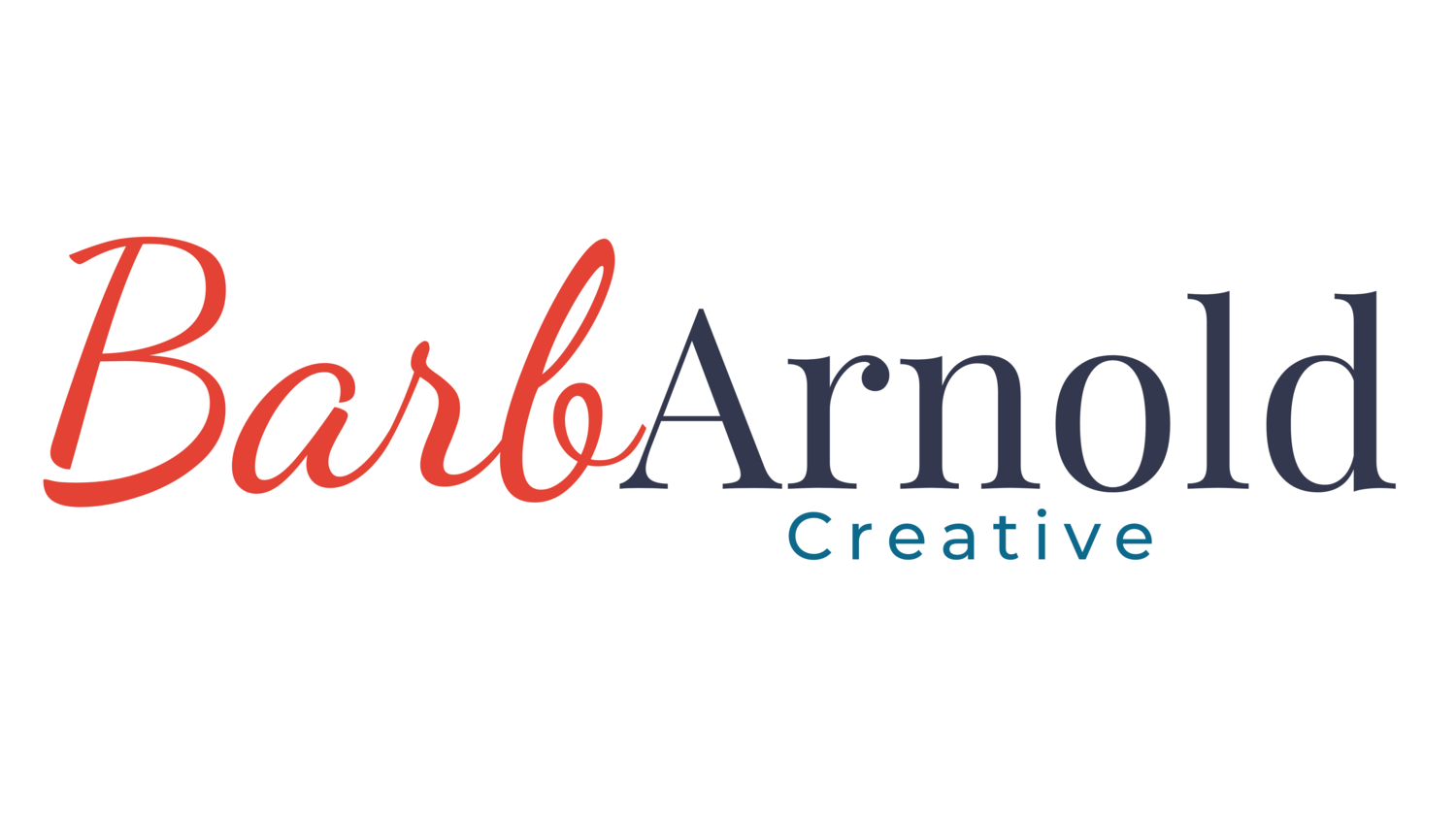Maximizing Your Resume's Impact with ATS-Friendly Formatting
In today's competitive job market, capturing the attention of hiring managers has become increasingly challenging. One effective strategy to ensure your resume stands out is by tailoring it to be compatible with Applicant Tracking Systems (ATS).
Many companies utilize ATS software to streamline their hiring process by sifting through numerous resumes and pinpointing the most qualified candidates. These systems analyze resumes for specific keywords and relevant information, ranking them based on their alignment with the job description. Therefore, mastering the art of formatting your resume for ATS is crucial to improve your chances of being noticed by potential employers.
Here are some indispensable tips to help you optimize your resume for ATS success:
Embrace an ATS-Friendly Format: ATS favors simplicity. Avoid complex elements such as tables, graphics, or elaborate fonts that may befuddle the system. Opt for standard fonts like Arial, Calibri, or Times New Roman, and use clear headings to clearly demarcate different sections.
Incorporate Relevant Keywords: Thoroughly examine the job description and identify industry-specific terms pertaining to the role you're pursuing. Seamlessly integrate these keywords throughout your resume, particularly in the skills and qualifications section. Ensure that their inclusion feels natural and not forced.
Choose the Right File Formats: While most ATS can handle Word documents (.doc, .docx) and PDFs, submitting your resume in Word format is generally a safe bet to ensure compatibility. Avoid obscure file formats that might lead to technical hiccups.
Tailor Your Resume for Each Application: Customize your resume for each job you apply to. Spotlight your most pertinent skills and experiences that align with the job requirements. ATS algorithms prioritize resumes closely matching the desired qualifications, so strategically emphasize your capabilities.
Optimize Your Headings: Stick with conventional headings like "Experience," "Education," and "Skills." Refrain from employing creative headings that could confuse the ATS. Maintain consistency in formatting by using the same order and wording for each section.
Simplicity Is Key: While creativity is valued in many fields, simplicity reigns supreme when it comes to ATS. Adhere to traditional resume sections and refrain from adding superfluous graphics or design elements. Focus on presenting your qualifications and accomplishments clearly and succinctly.
Proofread and Edit Diligently: ATS can be sensitive to formatting discrepancies and spelling errors. Make sure to meticulously proofread your resume and employ spell-checking tools to eliminate any mistakes. Pay close attention to formatting, ensuring uniformity in headings, bullet points, and overall structure.
By optimizing your resume for ATS, you significantly enhance your chances of passing the initial screening process and, ultimately, securing an interview. It's important to remember that while ATS plays a pivotal role in the recruitment process, having a visually appealing and well-organized resume remains equally crucial for human reviewers.
For more expert guidance on crafting a winning resume and to explore our creative approach to career development, visit www.barbarnoldcreative.com. Your journey to career success begins here.
